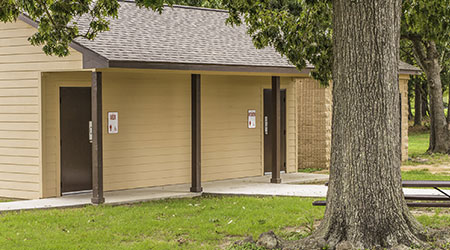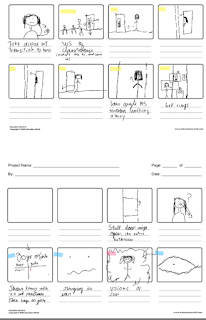What's up blog. I haven't really discussed it much on the blog since the beginning, but a problem that has impeded us from filming thus far has been the bathroom situation: a large part of our film is set in a school bathroom, and the vandalization of a door in said bathroom, and the challenge is how do we pull this off without 1) getting in trouble by the school 2) disturbing strangers 3) getting arrested or kicked out in public bathrooms of the world.
My idea was that we film at our own school during after school hours when there's not many security or teachers left to interrupt. Realistically, we wouldn't be doing anything wrong if all the shots I get only include a fully dressed M as Moon, as well as not actually vandalizing (an issue I'll get to later). However, J really did not want to risk anything, as there's security cameras and people might get the wrong idea seeing a tripod and camera enter the potty space.
Luckily, during our most recent group meetings a friend suggested looking for a public restroom that can pass as a school bathroom, as most government style buildings use similar infrastructures including the way they build lavatories.
 |
| We're thinking a nearby public park? |
As for the wall we draw on itself, there were some talks about making our own door. However I wasn't sure how to create a realistic looking dupe, and real bathroom stall doors were kinda out of budget to buy:  |
| Cheapest 300?! |
J suggested using any similar plastic board and painting it grey but last year I ran into a lot of trouble with painting a large prop so I voted against that idea. Plus, I doubted my ability to shoot the film to make it look as if our fake door was shot in the same place as the bathroom so all around we didn't love the fake door idea.
Another idea, we could draw straight on the door, use markers that were washable and make sure to clean up after ourselves when done. I tested my washable markers at home and saw that they did come off all the surfaces I tried. However, this would still technically involve the act of vandalism and trying to undo said vandalism so J and M were still not fans of this idea, even if it could work (still risky).
The winning idea was suggested by a classmate who said we could use clear tape. We weren't fans of this idea at first, but it did get the ball rolling, perhaps we could find a clear plastic film (hopefully with less shine/gloss that a clear tape roll would have) that we could draw on and attach to the door, then remove once done shooting. This would also allow us to prepare our door before filming and minimize our overall bathroom time.
 |
| The imagined tape roll (but see how even in this stock picture there's already a shine?) |
J said he would do some testing with plastic wrap but I think we'll probably have to explore the stores for the right material. We're thinking of using the bathrooms at regional park, but I want J and M to go location scout before we show up with camera, tripod, and fake bathroom door and realize it doesn't fit our needs. With these issues resolved, we're finally way more prepared to film.















